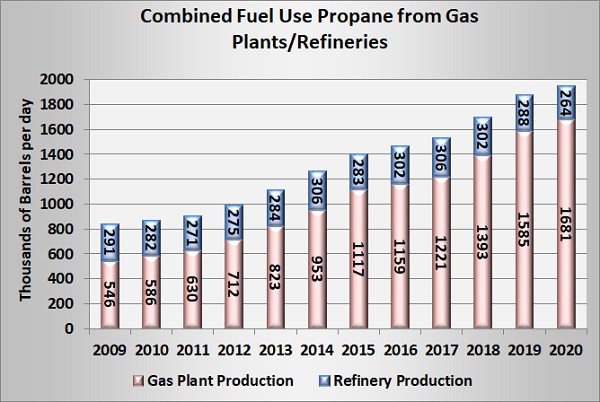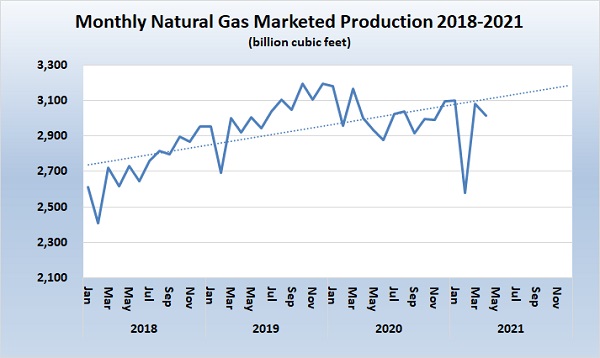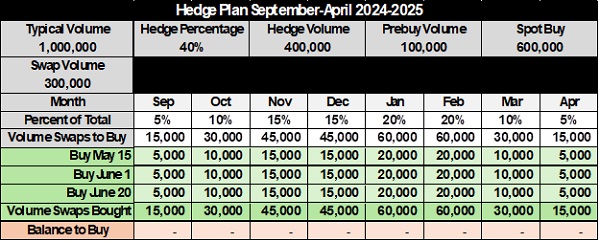Should propane retailers care about rising natural gas prices?
Trader’s Corner, a weekly partnership with Cost Management Solutions, analyzes propane supply and pricing trends. This week, Mark Rachal, director of research and publications, addresses propane inventory and production trends.
In our daily reporting at Cost Management Solutions, we provide natural gas prices to our readers. In addition, on Tuesday of every week, we provide data on natural gas production, inventory, exports, drilling activity and propane supplied from natural gas processing. It’s common knowledge that propane prices are mostly influenced by crude’s price, not natural gas’s price. It would be fair to wonder why we report on natural gas prices and natural gas fundamentals.
The answer is that the vast majority of propane supply comes from natural gas processing.
In 2020, total fuel-use propane production in the U.S. was 1.945 million barrels per day (bpd). Of that, 1.681 million bpd, 86 percent, came from natural gas processing. The remaining 264,000 bpd came as a byproduct of crude refining. The production of natural gas is paramount in determining propane supply.
Chart 2 shows natural gas marketed production, which has been down during the pandemic. Of course, this has a negative impact on propane supply.
The drop is primarily due to lost associated natural gas production from crude wells. U.S. crude production has been running about 2 million bpd below the peak that was set just before the pandemic hit. Since producers have been slow to replace the lost crude production, associated natural gas production has also suffered.
Early on in the pandemic, propane production wasn’t as negatively impacted as one might think given the natural gas production decline. We attribute that to a backlog of natural gas liquids mix, or Y-grade, that needed to be fractionated. While we do not have access to data on Y-grade inventory levels, it is a theory that works very well given the data that is available. For a couple of months now, U.S. propane production has been flat. That would give credence to the theory that propane supply was benefiting from a surplus of Y-grade for a while, but lower natural gas production is now coming into play.
Because what is going on in the natural gas industry is so impactful to our propane supply, it is important that we stay on top of the trends there. Natural gas inventory on June 16 was 2,678 billion cubic feet. That is 16.6 percent below the same point last year. The low inventory, an increase in exports and high demand for electricity generation has natural gas prices closing above $4 per mmBtu for the first time in nearly three years.
This could lead to the drilling of more natural gas wells. While producers had been focused on drilling for crude for years, they were drilling fewer purely natural gas wells because the associated natural gas production from the crude wells provided all the natural gas production growth that was needed.
Perhaps next year producers will up their crude drilling rig activity to grow crude production. The associated natural gas production would likely bring natural gas prices down again. If they don’t drill for more crude, the trend in natural gas prices suggests more drilling of purely natural gas wells to compensate. Either way, it bodes well for propane supply. What bodes well for propane supply also bodes well for propane buyers since it will likely be a factor that could limit upside price potential for propane.
Call Cost Management Solutions today for more information about how client services can enhance your business at 888-441-3338 or drop us an email at info@propanecost.com.


















